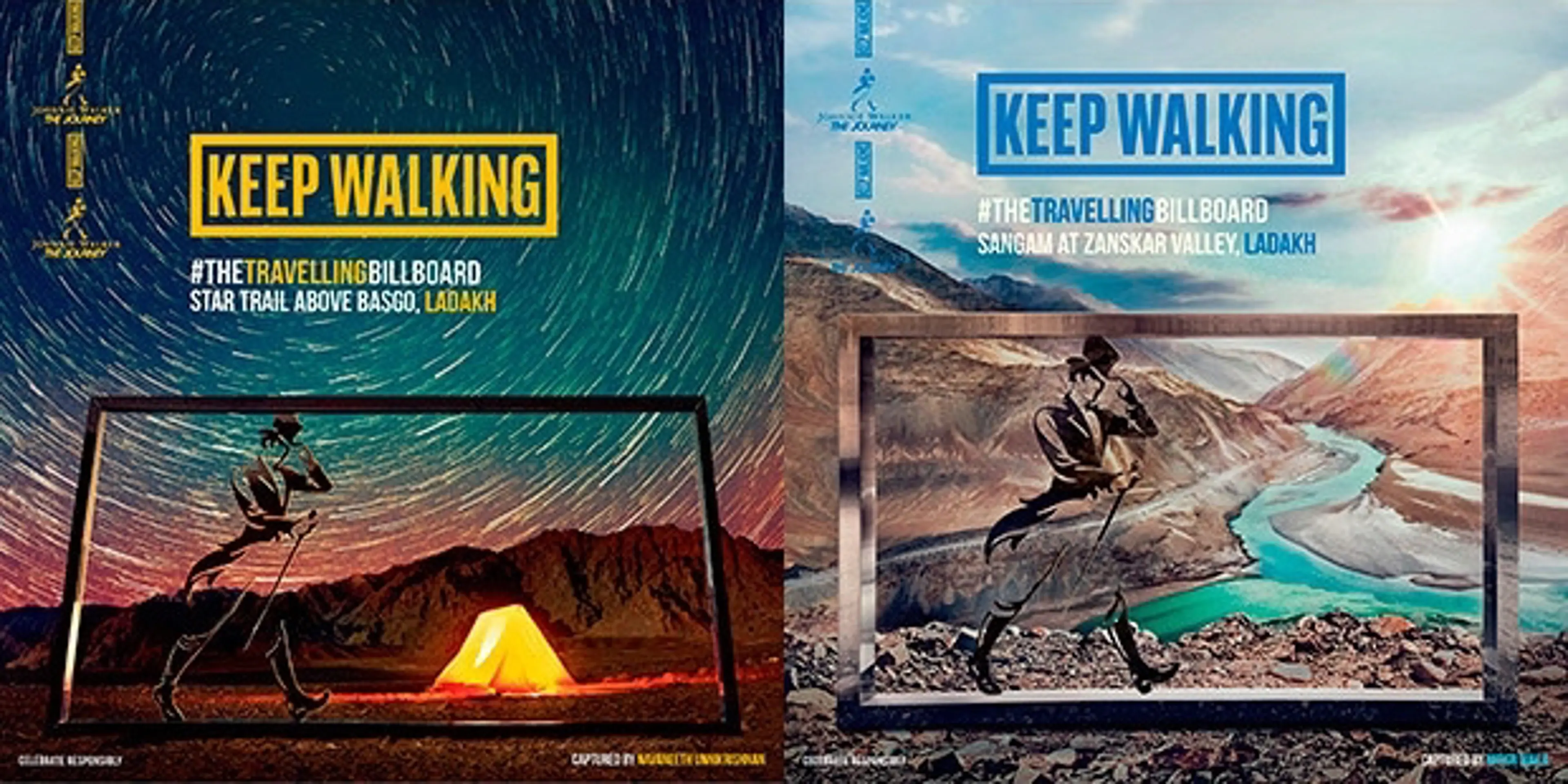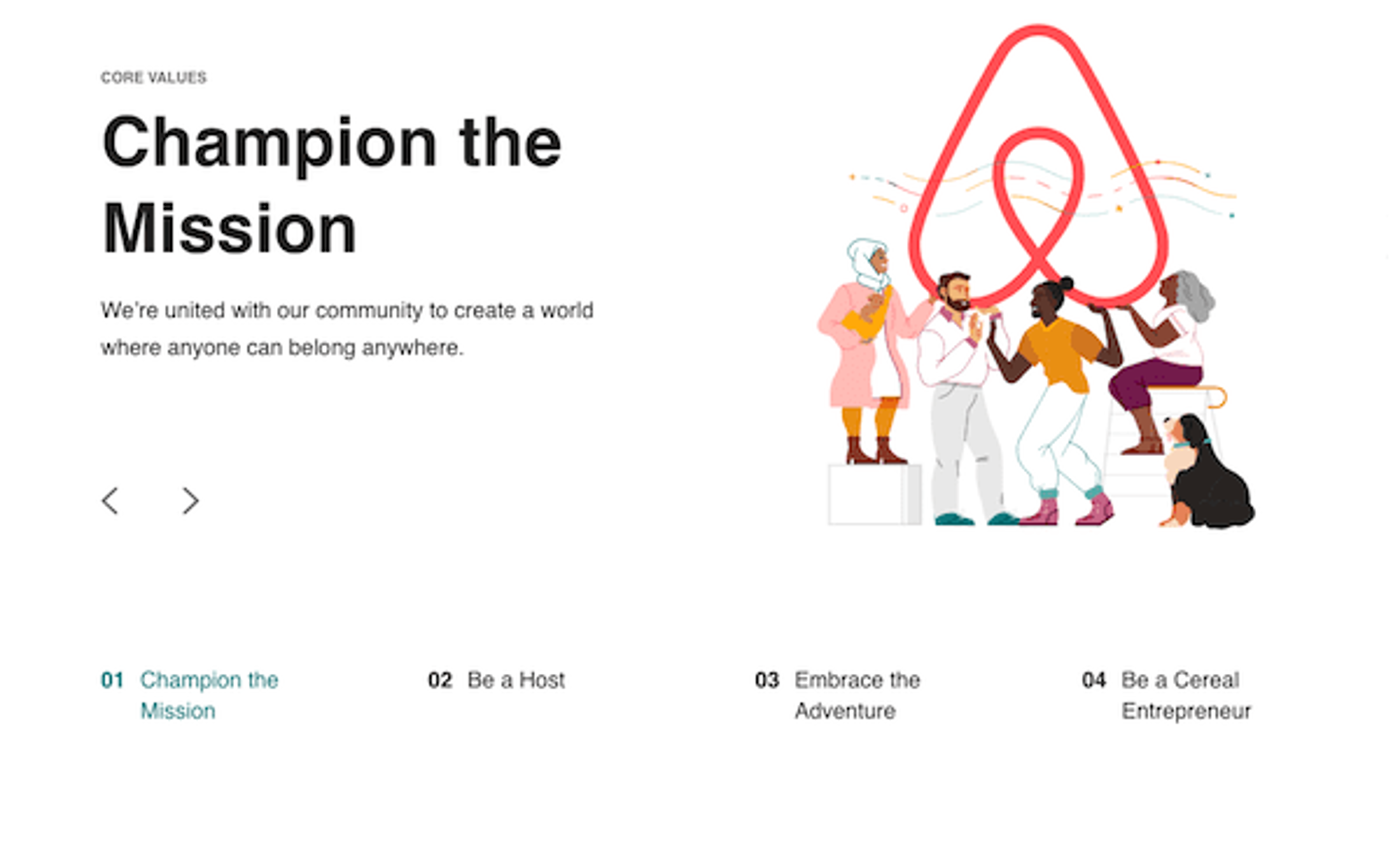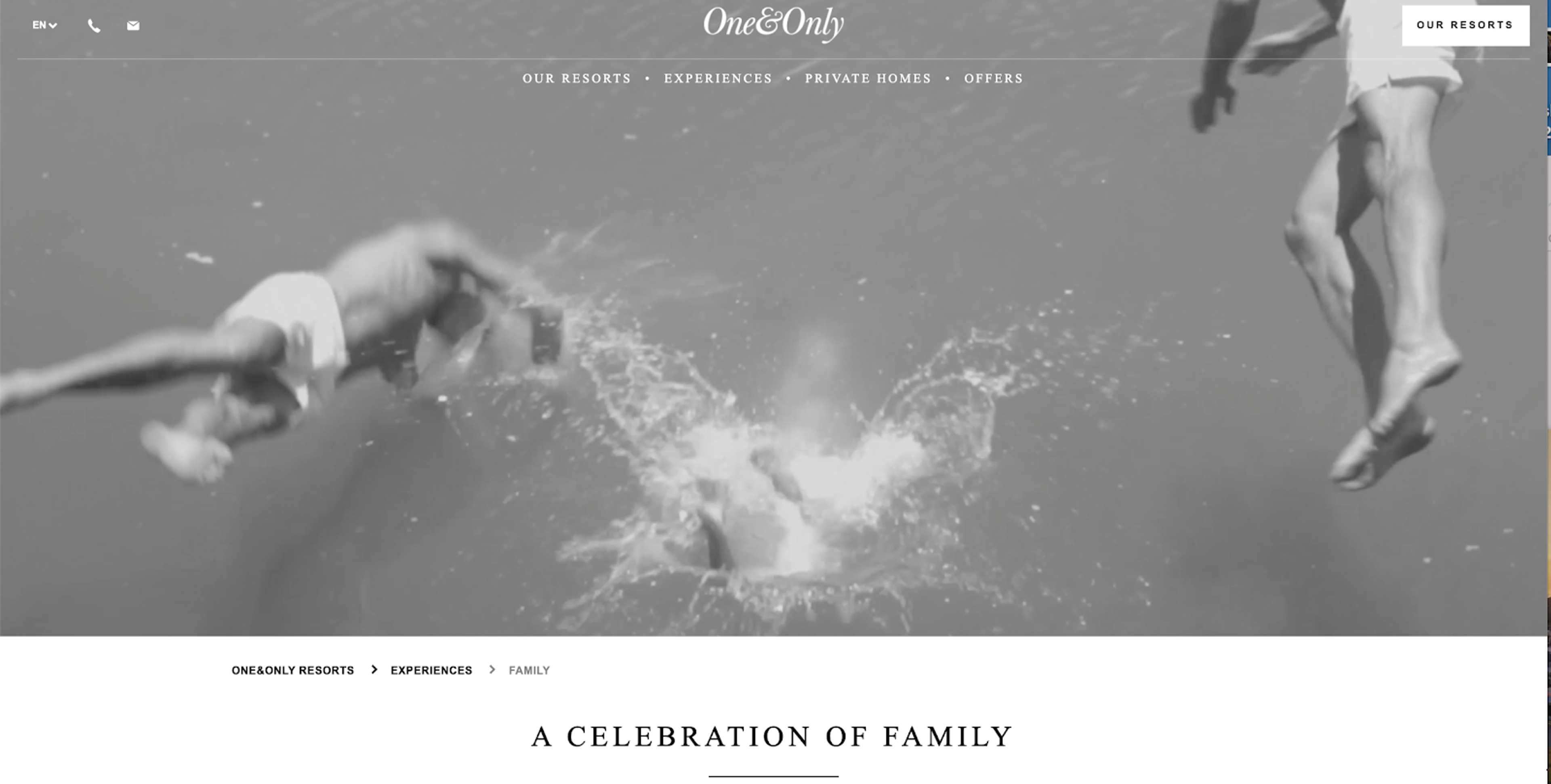
Design
1 Jun 2021
7 Min Read
5 simple rules for creating a digital-first brand in 2021


Johnnie Walker #TheTravellingBillboard Advert


Design

Retail & Luxury Goods
4 Sept 2025
9 min read

News
5 May 2025
3 min read

News
17 May 2024
2 min read

Design
1 Jun 2021
7 Min Read


Johnnie Walker #TheTravellingBillboard Advert


Design